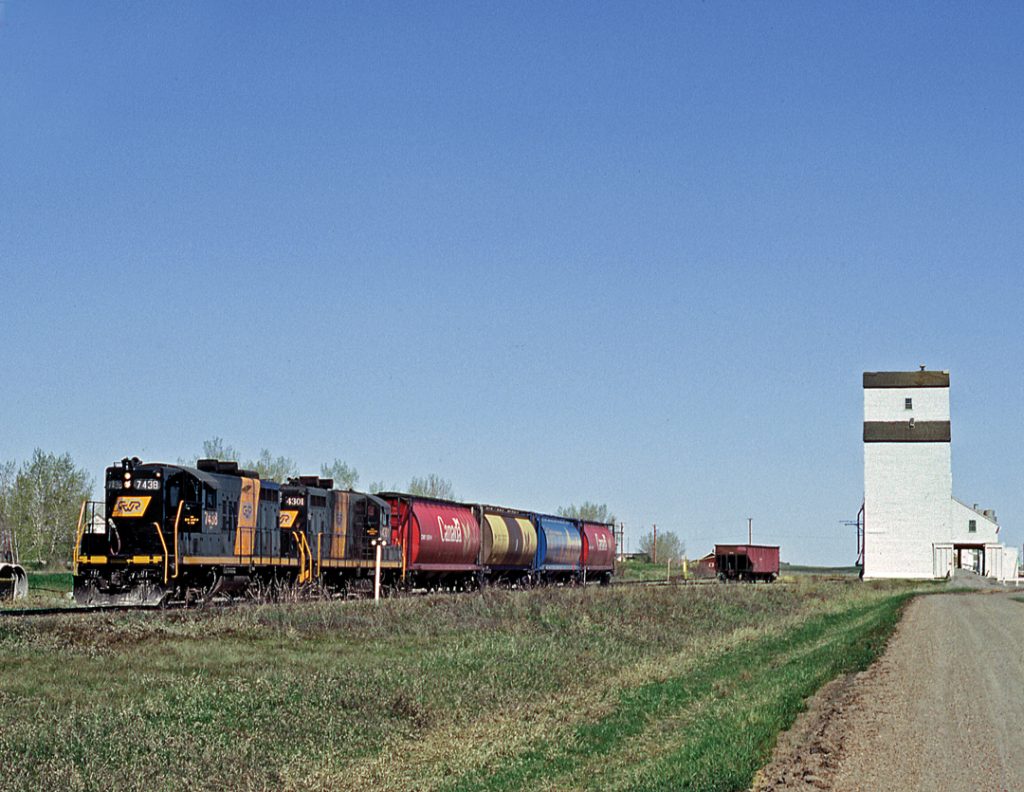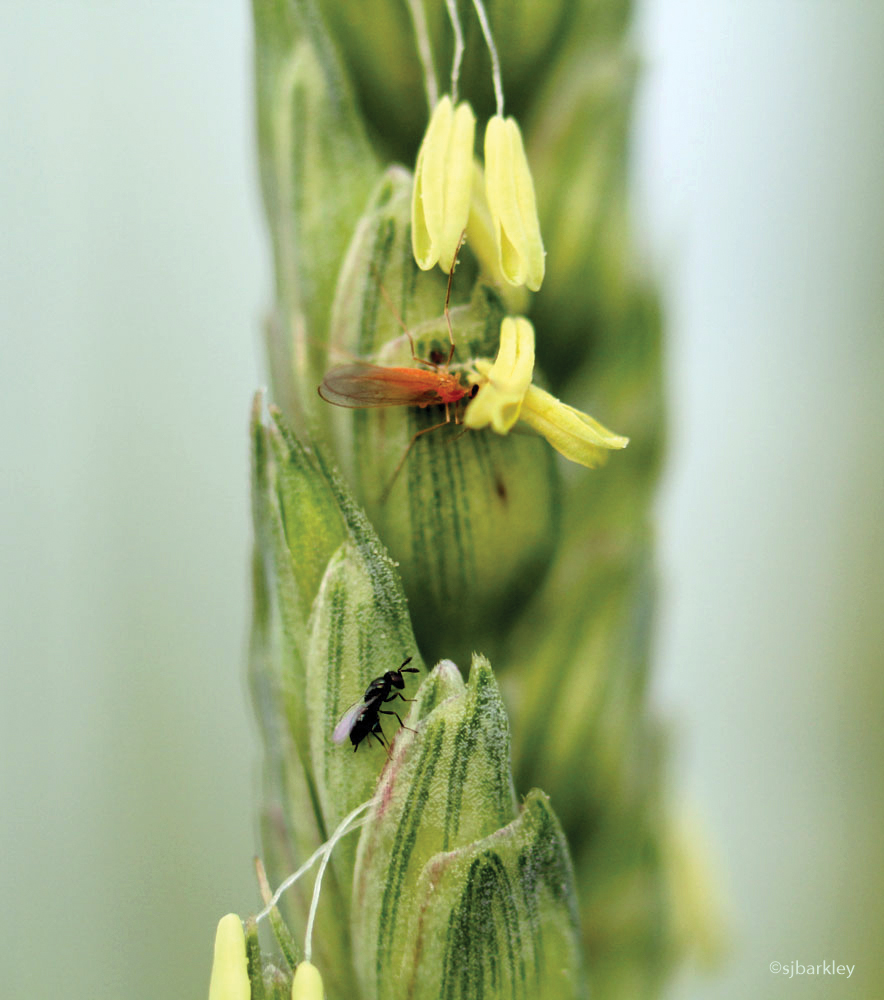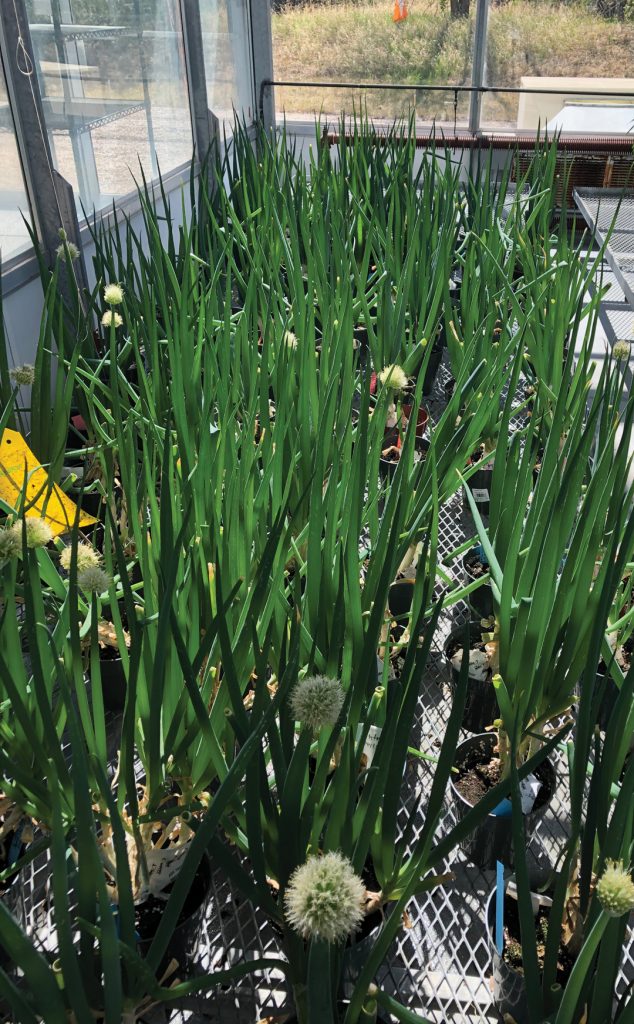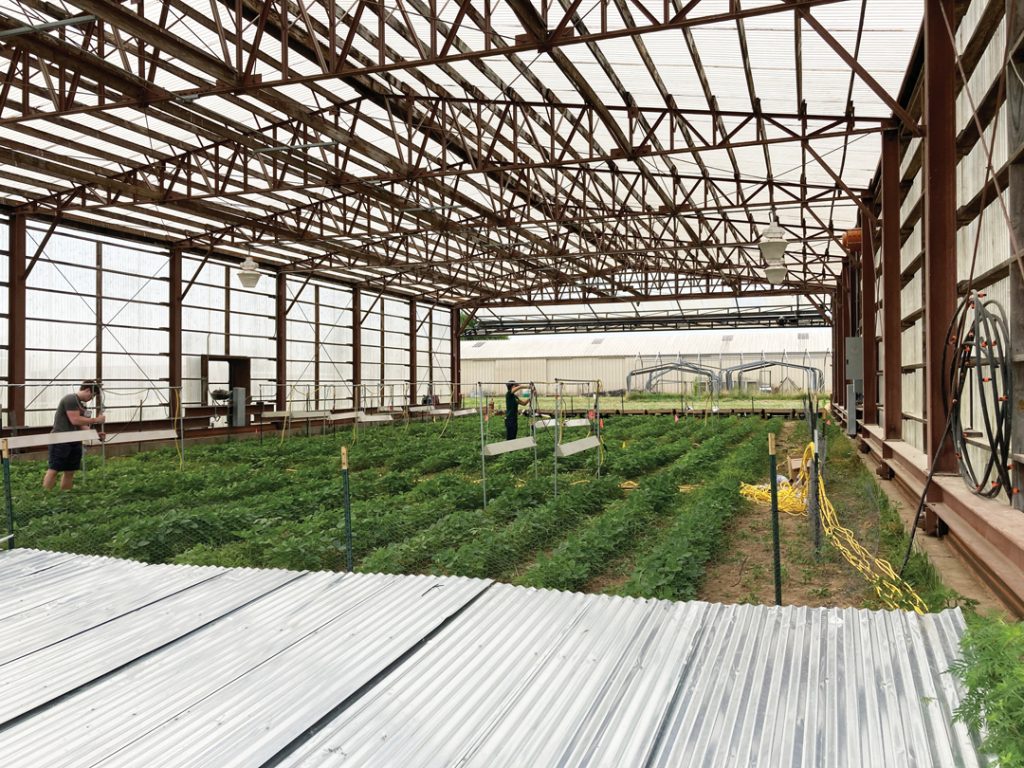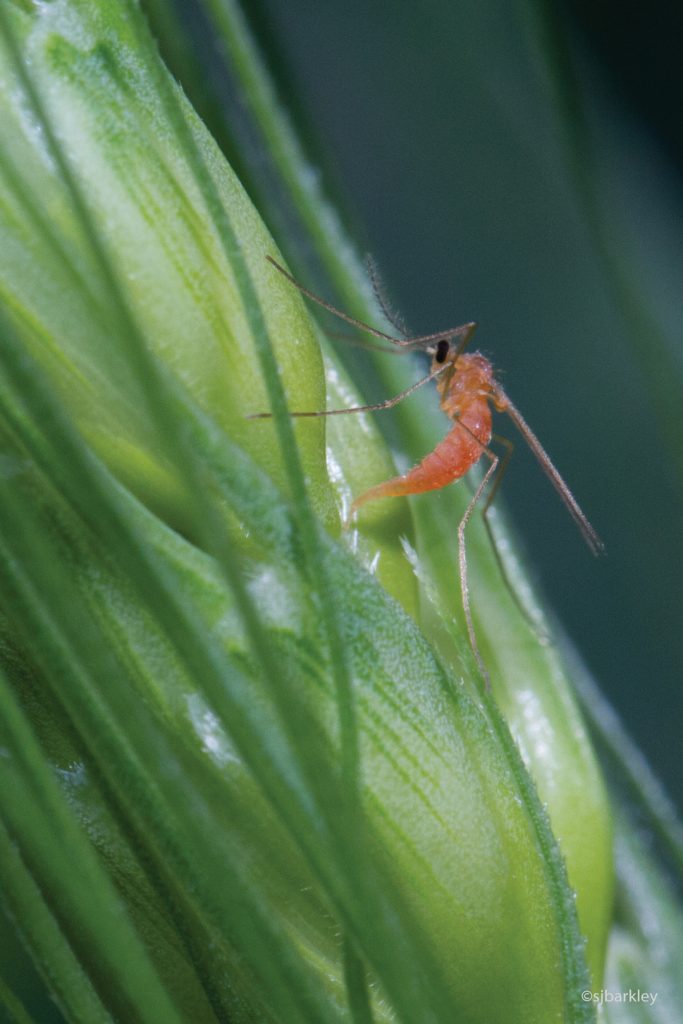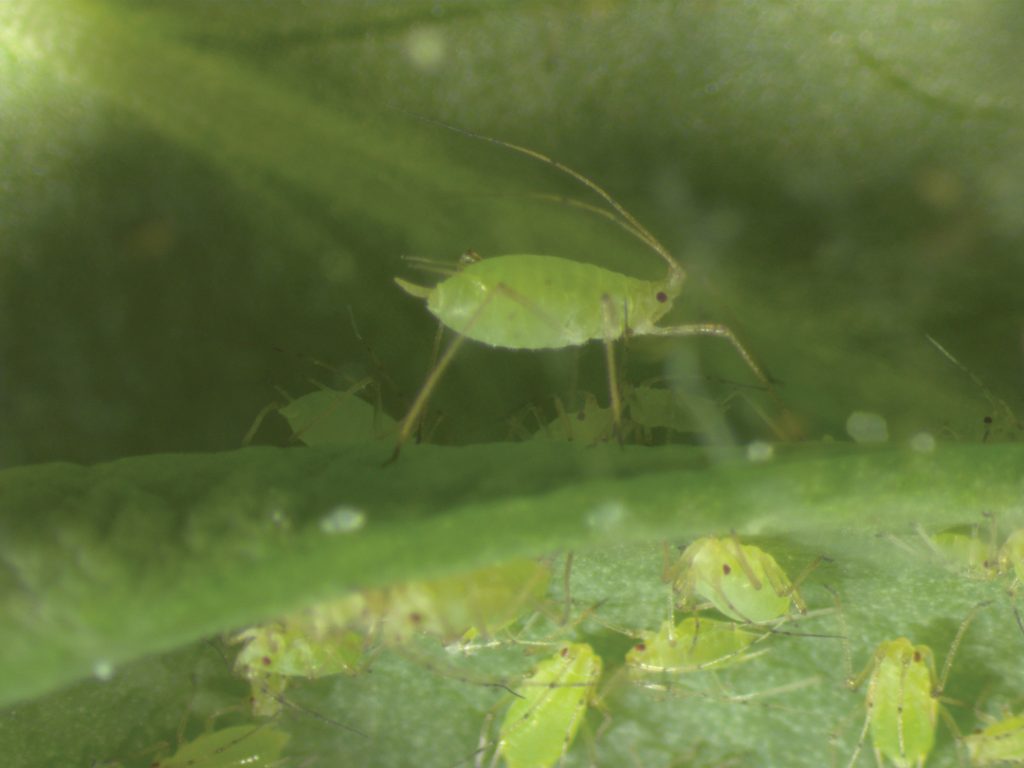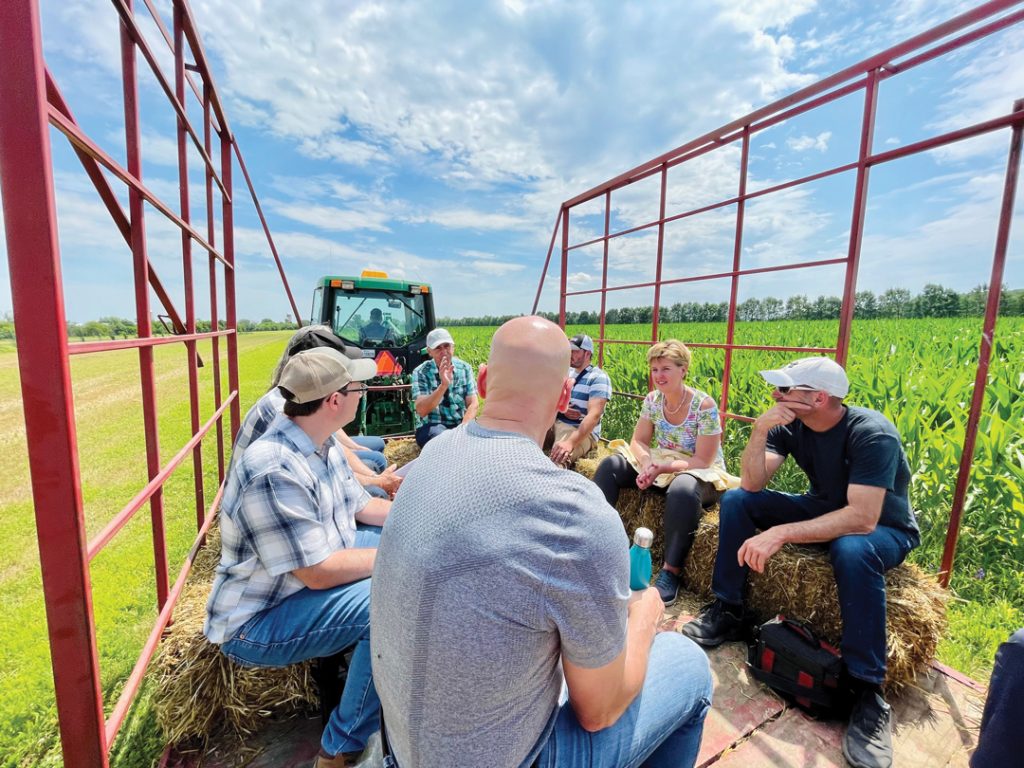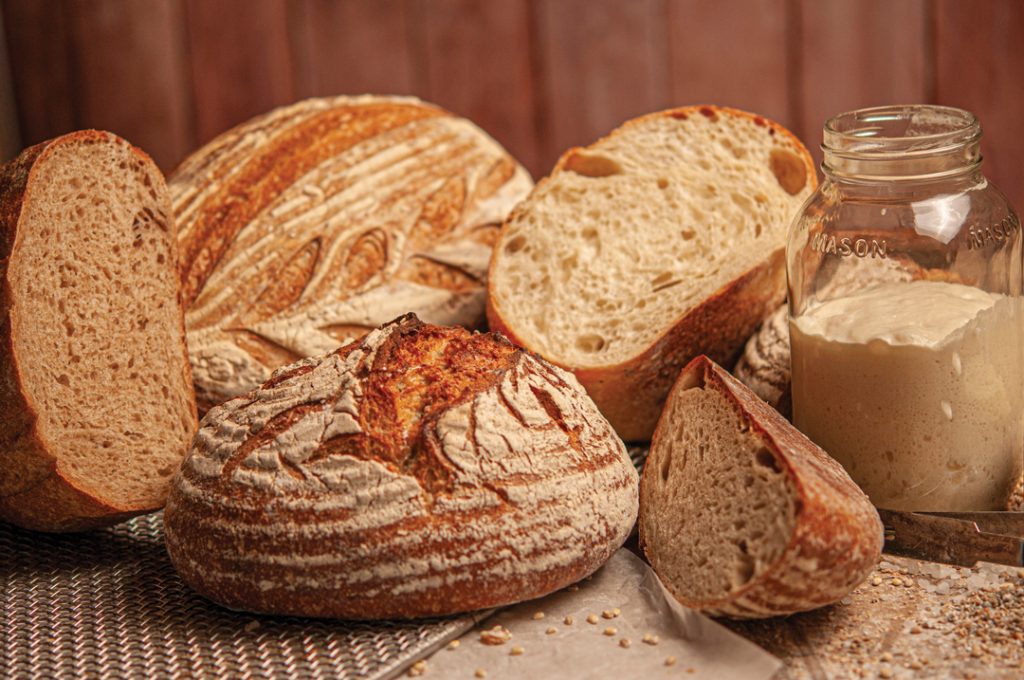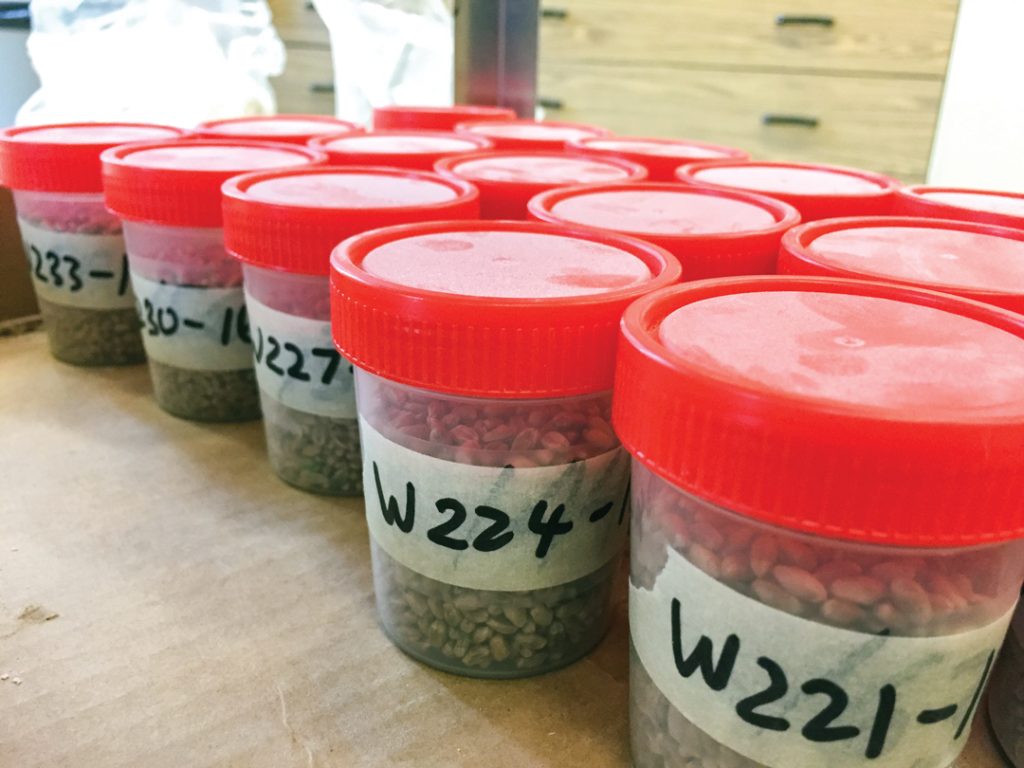CANADA’S FIRST MODERN-ERA SHORTLINE RAILWAY
At its Stettler station, as many as 24,000 passengers per year board Alberta Prairie Railway train excursions powered by its vintage diesel and steam locomotives. Winter and summer, trips include a stop at Big Valley or the line’s Country Hideaway, an old-time amusement park and meal facility. Not so long ago, the line transported grain as the Central Western Railway.




